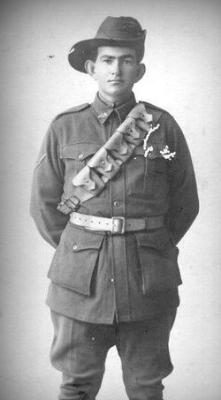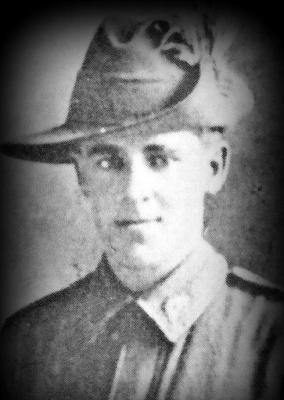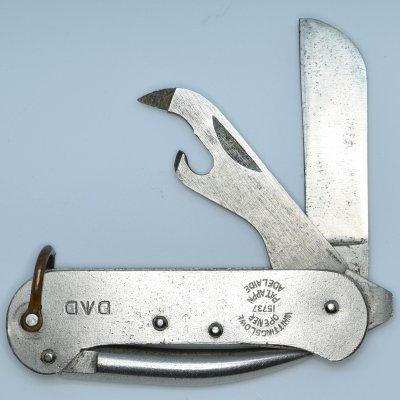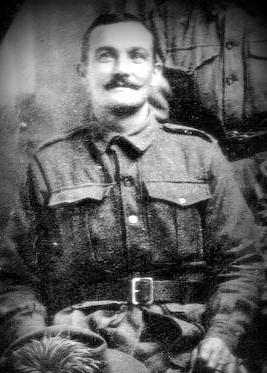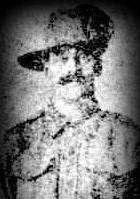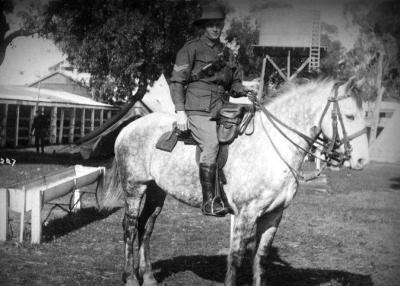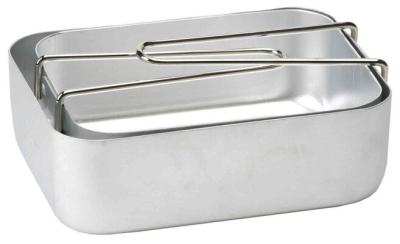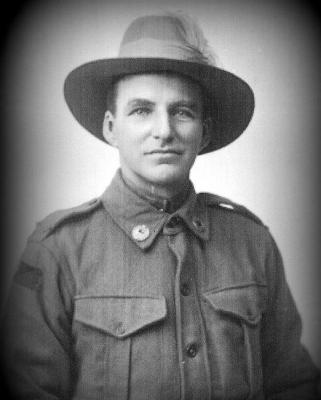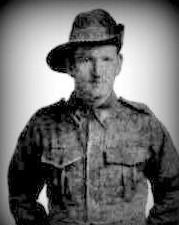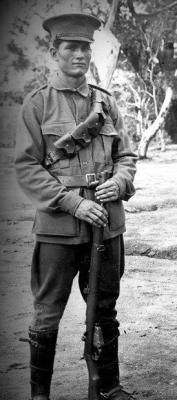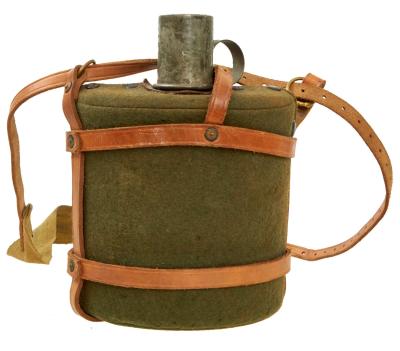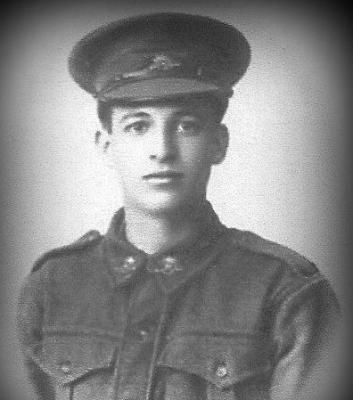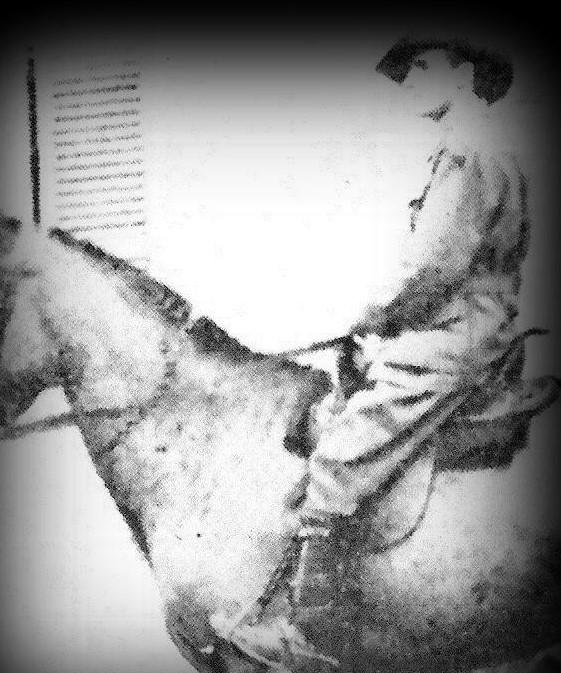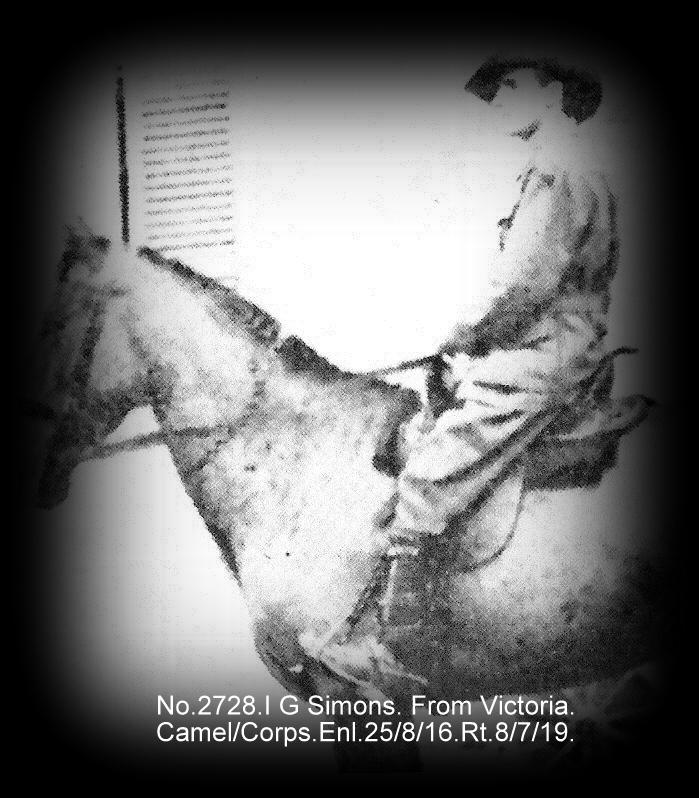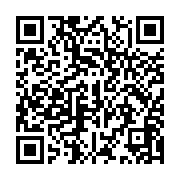World War 1, Australia, Western Australia, 2728 SIMMONS, 10 Light Horse
Photograph of 2728 Trooper Ian Grant Simmons from Victoria, Camel Corps, enlisted 25 August 1916, returned 8 July 1919.
10 Light Horse was raised as a squadron, then a regiment in October 1914.and formed part of the 3rd Light Horse Brigade in Egypt. The Regiment served dismounted in Gallipoli and fought at the charge at the Nek on 7 August 1915, and at Hill 60 on 29-30 August. The only Victoria Cross awarded to a Light Horseman recognised the valour of Lieutenant Hugo Throssell at Hill 60.
After Gallipoli the Regiment was bought up to strength to defended Egypt from the Ottoman Army advancing on the Suez Canal. Through 1916 they drove the Turks across the deserts of Sinai, participating in the battles of Romani and Magdhaba.
In 1917 as part of the Desert Column they advanced into Palestine and participated in the bloody battles to break the Gaza-Beersheba line and helped capture Jerusalem. They participated in the Es Salt Raid in May 1918. In August they were equipped with swords and retrained as cavalry. In this role they took part in the rout of the Ottoman army in the Jordan Valley, a campaign the light horse referred to as "The Great Ride". In September the 10th was the first formed regiment to enter Damascus.
Turkey surrendered on 30 October 1918. After the end of the war, the regiment saw action in putting down the Egyptian uprising of 1919. The Regiment was one of the few to return home as a formed unit.
Details
Details
Camels were well suited for the desert in Sinai and Palestine. They could carry around 145 kilograms and go without water for up to five days. Tens of thousands were used to get water to the soldiers, Later they were used to transport cameliers into battle, where the riders would dismount to fight.
The Imperial Camel Corps Brigade was formed in 1916 from British and Commonwealth troops and was attached to the Anzac Mounted Division. There were four regiments: the 1st and 3rd were Australian, the 2nd was British, and the 4th was a mix of New Zealanders and Australians. Each regiment had around 770 men, and at full strength the brigade contained almost 4,000 camels. In 1917 the brigade took part in the fighting at Gaza and Beersheba in Palestine. By the following year the country’s harsh terrain had made the camels less effective than horses. No longer needed, the Australian cameliers were transferred back to the light horse.
This photograph is part of the extensive Phil Sullivan 10th Light Horse Collection donated to the Army Museum in November 2023.
Open in Google Maps
Nearest geotagged records:
Australian Army Museum of Western Australia
Australian Army Museum of Western Australia
Other items from Australian Army Museum of Western Australia
- World War 1, Australia, Western Australia, 2794 LOCKYER, 10 Light Horse
- World War 1, Australia, Western Australia, 2797 ANDERSON, 10 Light Horse
- World War 2, Australian Army Clasp Knife
- World War 1, Australia, Western Australia, 2801 BROWN, 10 Light Horse
- World War 1, Australia, Western Australia, 2807 GRAHAM, 10 Light Horse
- World War 1, Australia, Western Australia, 2807 KENWORTHY, 10 Light Horse
- Nesting Aluminium Mess Tins
- World War 1, Australia, Western Australia, Dowerin, 2808 LAWRANCE, 10 Light Horse
- World War 1, Australia, Western Australia, 2809 BECKETT, 10 Light Horse
- World War 1, Australia, Western Australia, 2811 BROADHURST, 10 Light Horse
- World war 1, Stretcher Bearer Canteen and Cup
- World War 1, Australia, Western Australia, 2812 BLECHYNDEN, 10 Light Horse
